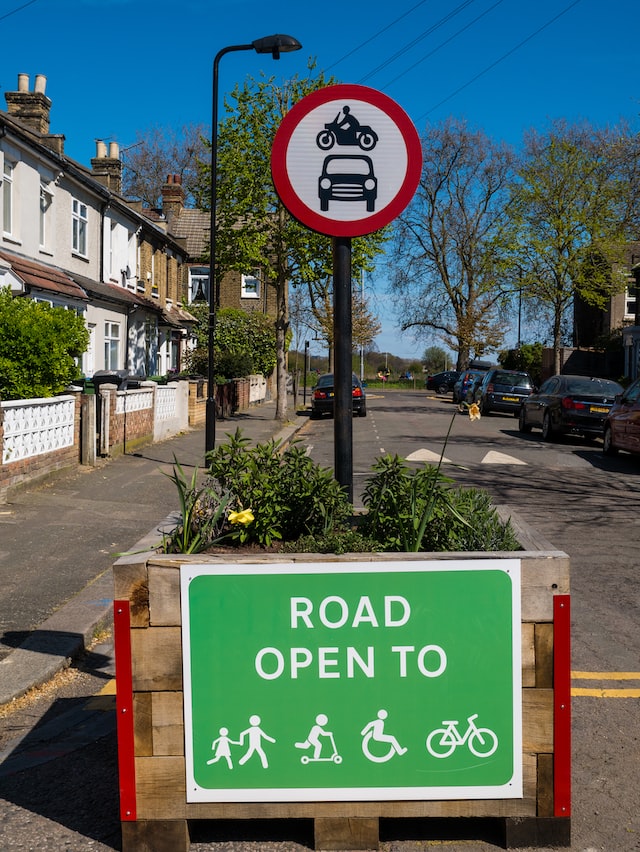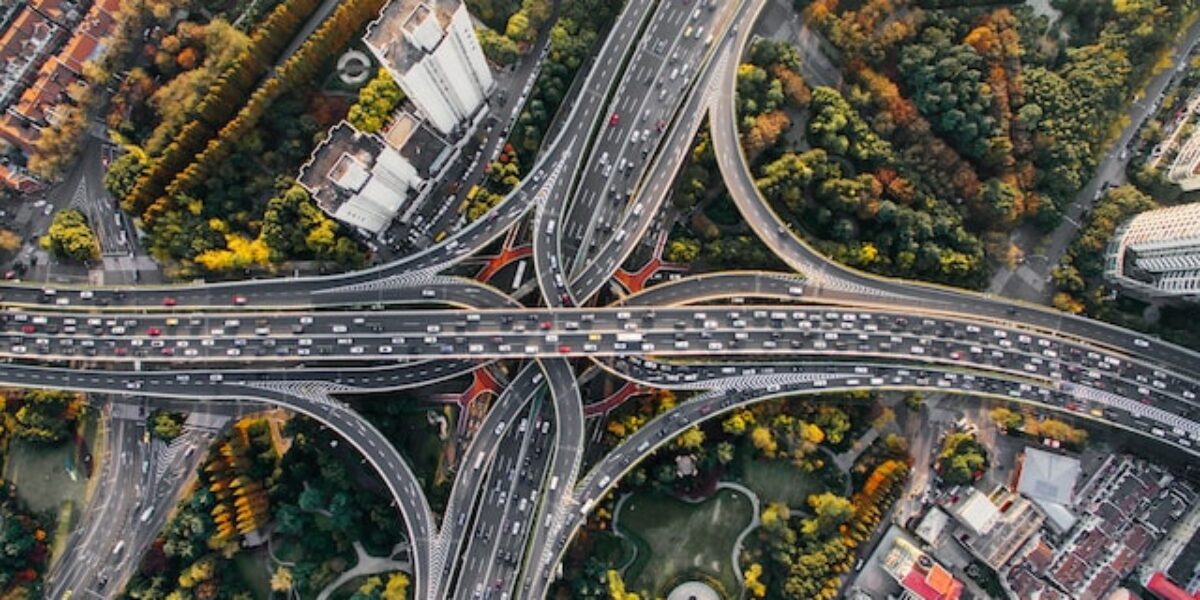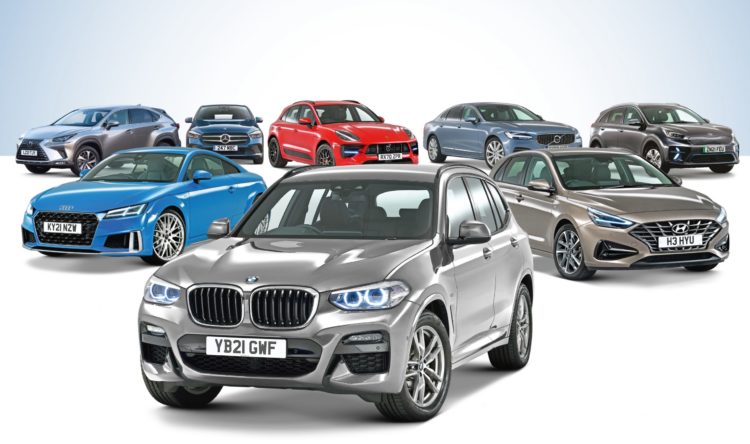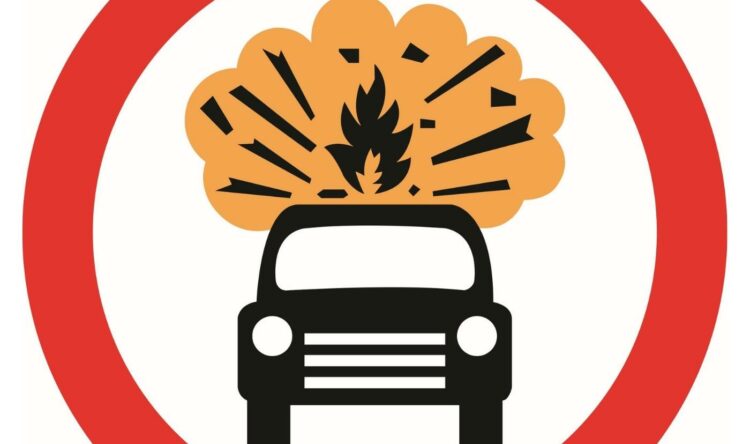Local traffic increasing despite interventions
Low traffic neighbourhood schemes failing to reduce motorised traffic
A confusing and counter-intuitive set of results have emerged from the introduction of low-traffic neighbourhoods (LTNs).
London boroughs that implemented LTNs during the Covid-19 pandemic saw a bigger increase in car use than those that did not. This is according to figures from the Department for Transport (DfT).
During the pandemic period, Government made £250 million worth of funding available to councils (2020). The idea is to encourage ‘active travel’ rather than motorised transport solutions. Bollards, planters or camera enforcement were funded in order to discourage or block through traffic.
Capital failures
New DfT figures show that total vehicle miles driven in the 10 inner London boroughs that introduced LTNs or equivalent schemes in 2020 rose by an average of 41 million miles las year. That is a 11.4% increase as traffic bounced back to more normal levels after the first lockdown, according to a report in The Times.
RAC spokesman Rod Dennis says: “If LTNs are successful in reducing overall motor traffic and encouraging more active travel then they can be seen as a positive intervention.
“If, on the other hand, they are simply causing traffic – and associated air pollution – to be displaced onto other streets not covered by LTNs then they are of little to no benefit.
“It’s very worrying that traffic studies haven’t been carried out to definitively prove that existing schemes haven’t just shifted problems elsewhere.”

Costs and pandemics
Lockdowns witnessed a huge reduction in road traffic. However, as the pandemic rescinded, traffic levels soon returned. A legacy of the the fear of infection meant that public transport levels reduced. On top of this, there is evidence that many public transport services have not returned. Bus routes and frequency, along with fewer train services are forcing people to look for other transport solutions. These issues have also been compounded by the effects of the cost of living crisis that has led to more industrial action, strikes and potential customers looking to reduce bills.
At present the picture is complicated, and it is difficult to ascertain the likely trajectory of transport use in the immediate future.
Public proof
The RAC says that councils considering introducing LTNs need to prove to the public that they work. Local road pollution is a big issue for urban communities. However, cost of living concerns seem to be taking a priority. Councils will get more people on side if they can demonstrate there are benefits for everyone rather than the relative few in the community.
“If the objective is to get more people to walk and cycle, councils should also look at other options alongside LTNs,” added Dennis.
Research for this year’s RAC Report on Motoring shows that 23% of drivers would cycle for some trips rather than drive if there were more dedicated cycle lanes.






